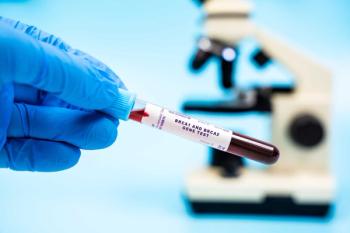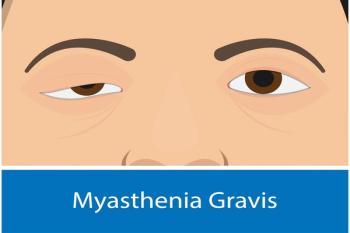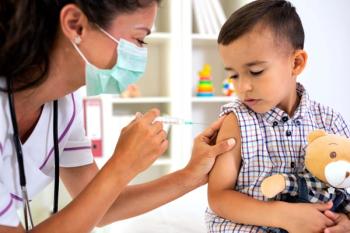
American Cancer Society Report Estimates Higher Cancer Incidence in 2024
Incidence of colorectal cancer is expected to rise in both male and female patients aged 50 years and younger.
In a report released today, the American Cancer Society has projected that new cancer cases will number more than 2 million for the first time ever, even as the risk of death from cancer has decreased in the past 30 years. The estimated 2 million cases in 2024 would equate to approximately 5500 cancer diagnoses per day. Mortality is also suspected to total 611,000 deaths from cancer in 2024, more than 1600 deaths per day.
Although lung cancer,
The overall incidence of CRC is expected to rise in certain subgroups, namely in patients aged younger than 55. Liver cancer in women, cervical cancer in women aged 30 to 44 years, and oral cancer associated with HPV are also expected to rise in incidence. CRC and cervical cancer could be prevented through early screening, as precancerous lesions could be picked up early. The risk of CRC is also associated with excess body weight; this association is also found in endometrial, liver, kidney, pancreas, and breast cancers.
New cancer cases are decreasing in patients aged 65 years and older, dropping from 61% of cancer diagnoses from 2019 to 2020 to a projected 58% in 2024. Patients aged 50 to 64 years now make up a growing number of people with cancer.
CRC diagnoses have been rising in patients aged younger than 50 years. CRC has become the top reason for cancer death in men younger than 50 and the second leading cause of cancer death in women of the same age, which is an increase from it being the fourth leading cause in both men and women in the 1990s. Although this increase does not have an official explanation, changes in lifestyle exposures in this age group compared with generations born around 1950 is a likely explanation.
The American Cancer Society report recommends that people who have a family history of CRC should get screened before age 45, as 1 of 3 patients who are diagnosed with CRC have a family history. Cervical cancer incidence has also increased in women aged 30 to 44.
Disparities in cancer care for patients of color continue to be a problem. The death rates of prostate, stomach, and uterine cancers are twice as high in Black patients compared with White patients. The death rates of liver, stomach, and kidney cancer are also 2 times higher in American Indian and Alaska Native patients compared with White patients.
Black men have been found to have the highest death rate from cancer, 19% higher than White men. Alaska Native patients have the highest incidence and mortality rate for CRC in the world, with American Indian and Alaska Native individuals having the overall highest incidence and mortality of cancer in men and women. Hispanic women have a 35% higher incidence of cervical cancer caused by HPV infection compared with White women. Black women also have a higher death rate for endometrial cancer compared with White women at nearly 2 times higher. Patients who identify as LGBTQ+ have the potential to face disparities in cancer incidences and outcomes, but more data need to be collected.
The incidence of cancer is projected to increase in the United States in 2024, with patients aged younger than 50 with CRC and patients of color having a significantly higher risk of mortality due to cancer.
Reference
Collins S. 2024 – first year the US expects more than 2m new cases of cancer. American Cancer Society. January 17, 2024. Accessed January 17, 2024. https://www.cancer.org/research/acs-research-news/facts-and-figures-2024.html
Newsletter
Stay ahead of policy, cost, and value—subscribe to AJMC for expert insights at the intersection of clinical care and health economics.













































